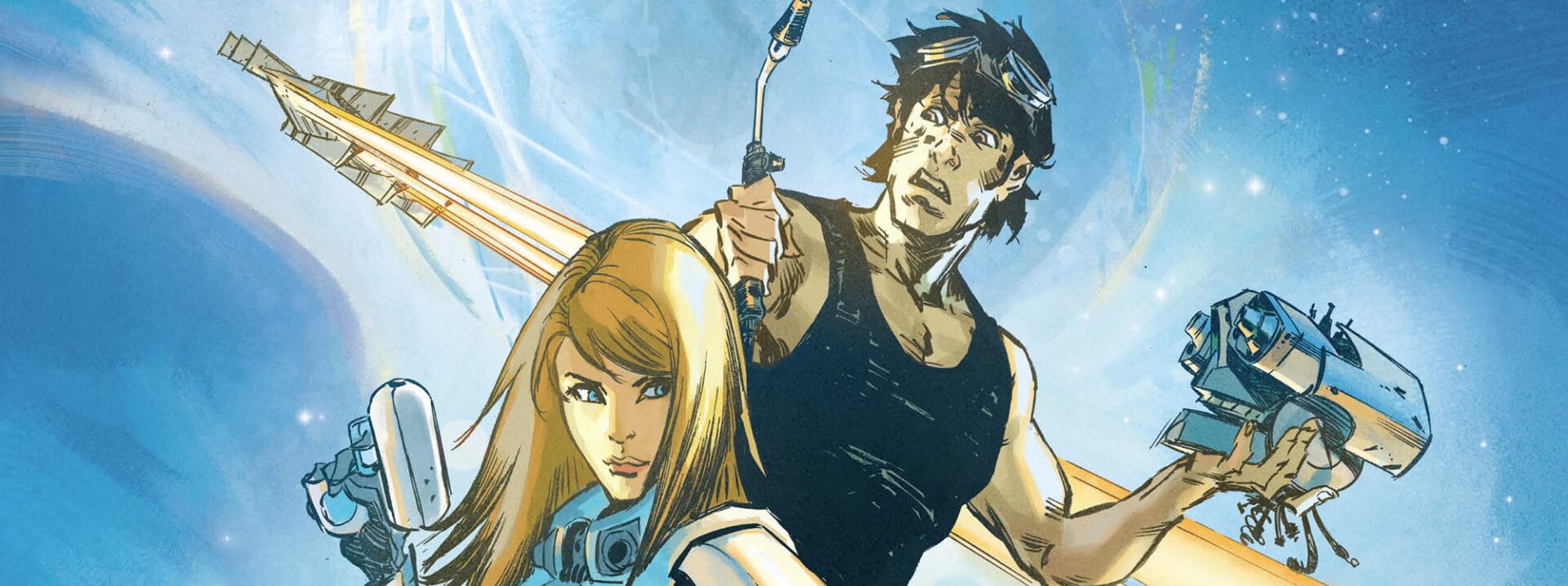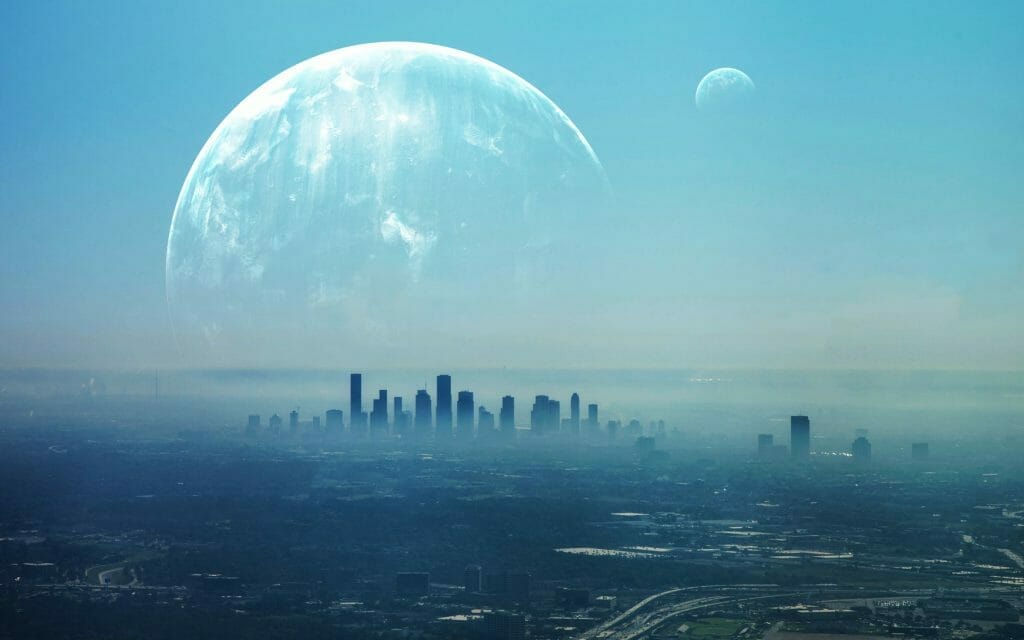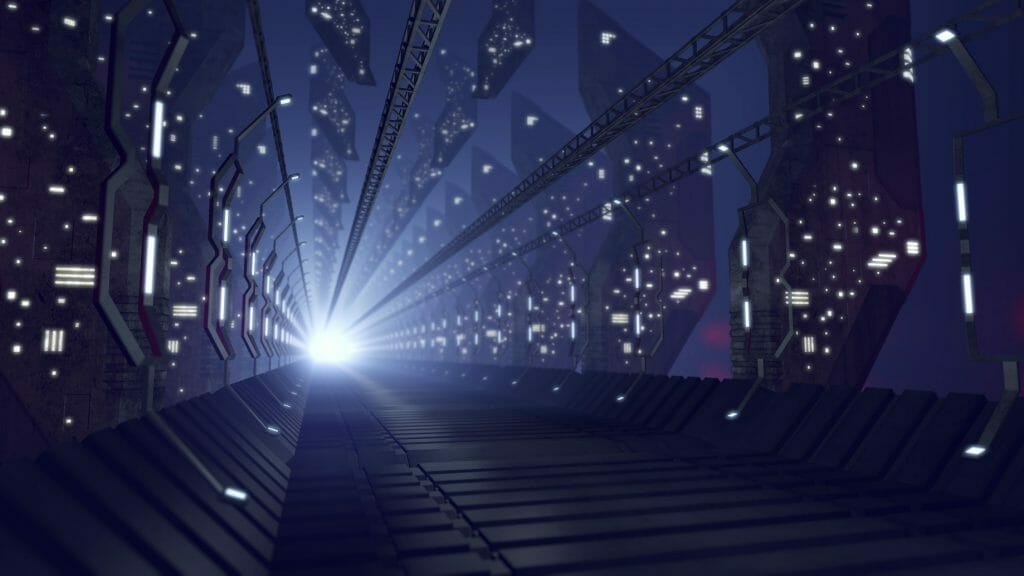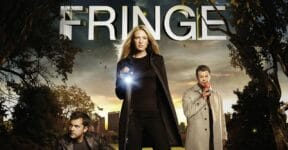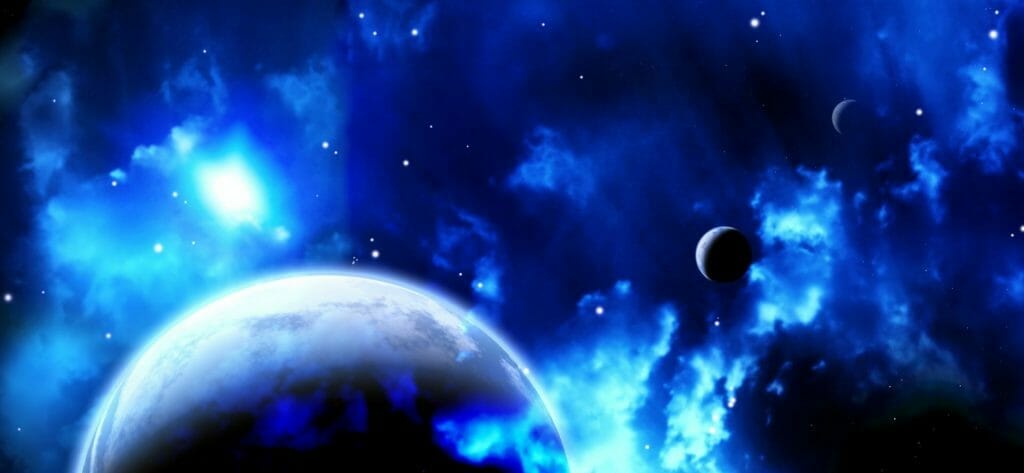There was indeed a reasonable concern that comics have the potential to corrupt young audiences, but then again, the same thing can be said to just about every entertainment format. For example, not every animated film or daytime TV show is exactly kids-friendly. Despite the fear, comics have become a thriving industry with a total sale of $1.28 billion (yes, with a “b”) in 2020 and the market is expected to reach 1.9 billion in 2026. When we say comics as commodities, the term also includes graphic novels as well. One of the earliest exposures to science fiction and popular culture references anybody can get is through comic books, especially sci-fi comics, as they introduce readers to complex subjects like gene mutations, satellite communications, interstellar travels, gamma radiation, nuclear physics, alien civilizations, and so on. Because sci-fi can be mostly scientific or predominantly fiction, it’s only common to see various scientific subjects getting mixed up with myths, legends, and fantasies.
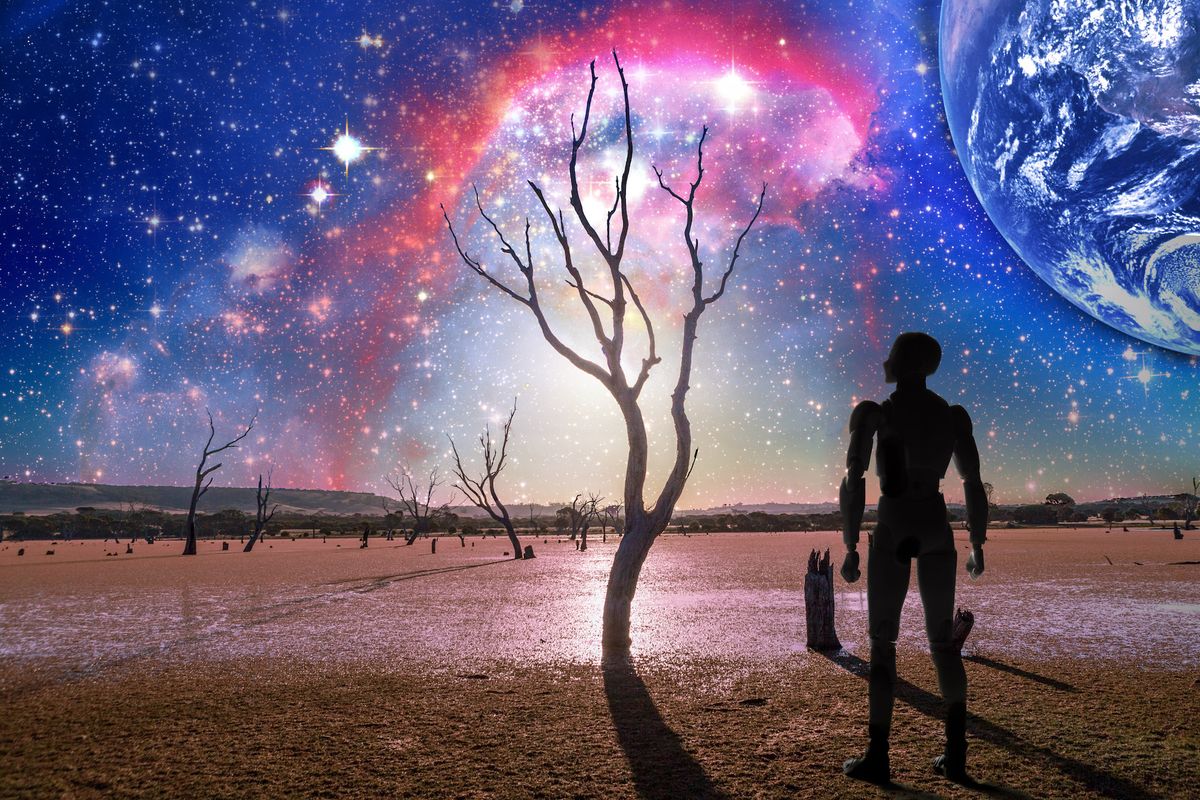
Alternate Realities
Many sci-fi comics tell the tales of events that take place in alternate universes. Take DC’s Batman as an example. In the current timeline, the hero’s true identity is Bruce Wayne; however, in the Flashpoint Timeline – an alternate universe – the man behind the mask actually is Bruce’s father, Thomas Wayne. Also, in this universe, it was Bruce (instead of Thomas) who died in the alley years ago. DC and Marvel alone have created dozens of multiverses where heroes and villains from many Earths collide and form alliances. Some of the most memorable alternate universes are as follows.
● The Phantom Zone: arguably the most infamous DC’s alternate universe of them all. The Phantom Zone exists for nothingness, except for a bunch of the worst criminals in existence. It was first discovered by Superman’s biological father, Jor-El. According to the Kyrptonian justice system, it’s much more humane to send prisoners to an entire universe of void rather than putting them in suspended animation. The Phantom Zone is placed outside any concept of time and space, so it’s essentially an endless prison to prevent monstrous superpowered criminals from having access to everywhere else. General Zod was once imprisoned in the zone, but he escaped and found his way to Earth. Superman once sent Joker there too, only for the latter to have a rowdy encounter with Sauron and the Kraken.
● Couldn’t-Be-Shouldn’t-Be: even if nothing happens in this alternate universe, the catchy name alone is worth a spot on the list. But of course, there’s much more to it than just that. First introduced in Silver Surfer Volume 7, the Couldn’t -Be-Shouldn’t-Be is often described as an abyss – a dimension outside the Marvel Multiverse. Nothing happened here in the beginning, but then it became the base of Glorian where he plans all his nefarious schemes. On the other side of the abyss lies a mountaintop where everything is possible. This is the dimension filled with unchecked possibilities. So what started as an idle dimension is now a universe where anything can happen. Couldn’t-Be-Shouldn’t-Be also has an interesting backstory as it came to existence because of the romantic fallout between the Queen of Navers (the embodiment of possibility) and Eternity (an entity that represents time, space, and reality).
● Weirdworld: some say Weirdworld is nothing but an excuse for Marvel to publish something in the realm of the traditional fantasy genre, and they’re probably right. The alternate universe was originally planned to be introduced in Monster Unleashed, but it ended up being a backup story in the Marvel Super Action magazine. It was all black and white until the publisher brought it back with colors in Marvel Premiere #38 (1977). Weirdworld even received its own series in 2015 as a tie-in to Secret Wars. Among its most popular residents include dragons, goblins, elves, gnomes, and every fantasy stereotype anybody can muster.
● Gutter Space: arguably the weirdest alternate universe of all, Gutter Space simply is the space that exists between the panels of a comic book, but beyond the panels themselves. Gwenpool, thanks to her awareness of being a character in a comic, discovered the dimension and has been taking full advantage of it. She can use the dimension to look at other pages, time travel to pick up useful items from the past, and when the circumstances allow, dump her enemies into it. Comic books like to create worlds to connect multiple universes, but this Marvel idea to use a dimension that bridges the gaps between literal pages is probably the most unusual, interesting, and ridiculous of them all.
● The Survival Zone: Zor-El, the brother of Jor-El and therefore the paternal uncle of Superman, discovered a pocket dimension and never mentioned it to anybody else. When eventually Krypton is having its apocalypse, Zor-El took his wife Allura and daughter Kara to the Survival Zone to stay safe from the utter and complete annihilation of their home planet. To some extent, it’s just a convenient way to give Supergirl an origin story – an entirely made up universe, just like everything else mentioned here.
We think alternate universes open the doors to loads of new, exciting stories without having to reinvent the already well-known characters. Part of the reason comic writers create multiverses is to facilitate ideas or narratives that simply won’t work as canonical plot lines. But just because something isn’t canon, it doesn’t mean the story is not good. In fact, some of the most exciting comics are the multiverse kind. The caveat is that sometimes you really have to ignore everything that happens in the current timeline to enjoy the stories.
What do you think are the weirdest alternate universes in DC and Marvel Comics? What is the biggest DC/Marvel crossover ever? We’d love to hear from you.
Other Things You Might Want to Know
What is the first ever Marvel comic?
The 1939 Marvel Comics #1 is the first comic published by Marvel. If you want to see the first appearances of the Sub-Mariner and the Human Torch, that’s the comic to read.
Recommended non-superhero graphics novel:
● Puma Blues by Stephen Murphy and Michael Zulli
● Multiple Warheads by Brandon Graham
● Berlin by Jason Lutes
● Safe Area Gorazde by Joe Sacco
● Onward Toward Our Noble Deaths by Shigeru Mizuki
● 100 Bullets by Brian Azarello and Eduardo Risso
● You’ll Never Know by C. Tyler
● Usagi Yojimbo by Stan Sakai
● Hark! A Vagrant by Kate Beaton
● Finder by Carla Speed McNeil
● Pluto by Naoki Urasawa
● Sex Criminals by Matt Fraction and Chip Zdarsky
What is the major difference between comics and graphic novels?
Comic books are typically serialized stories. Each volume is relatively short, and the entire narrative concludes over months, if not years. Graphic novels are usually longer and the storyline is wrapped up in just a few volumes.
Check out other articles by month:

